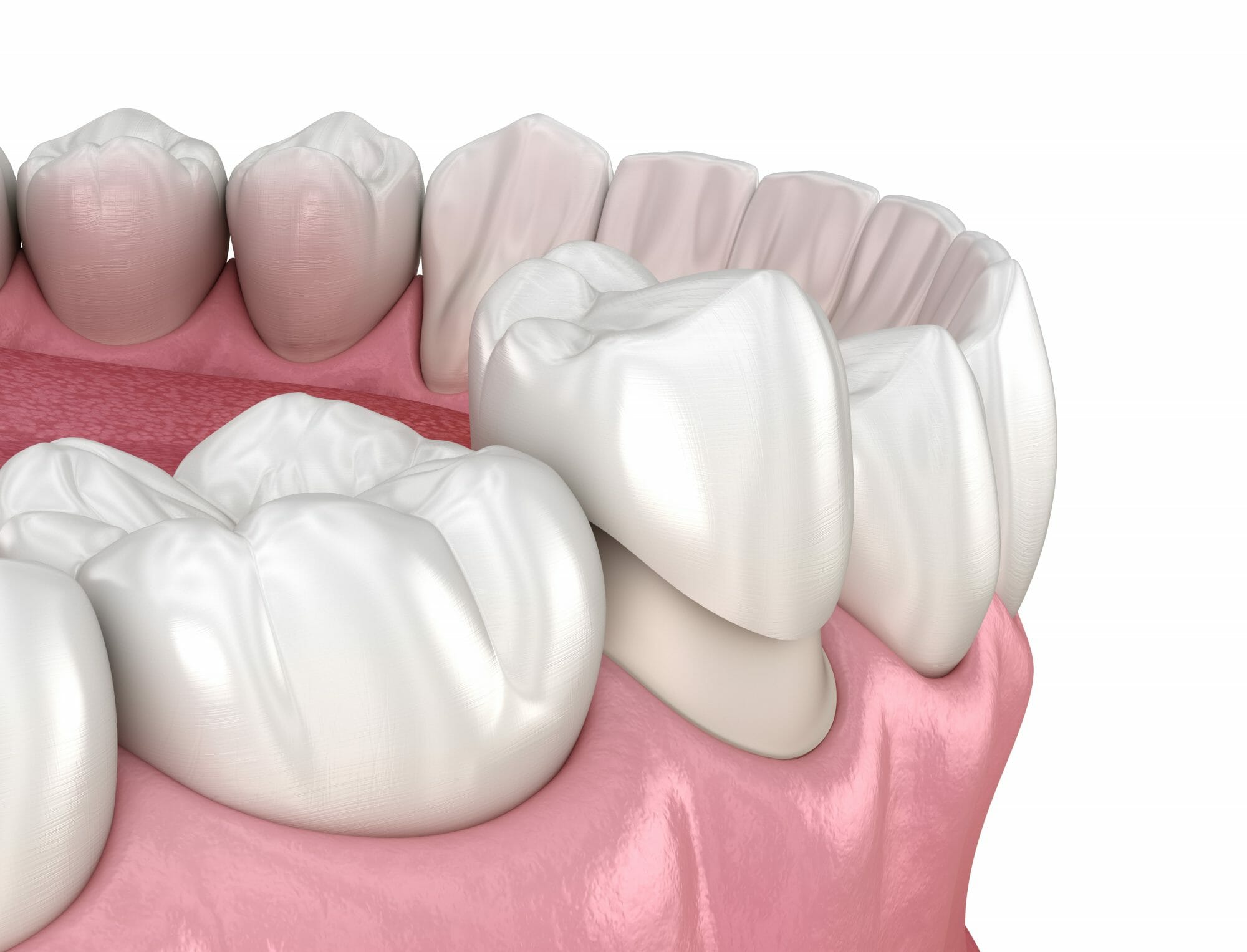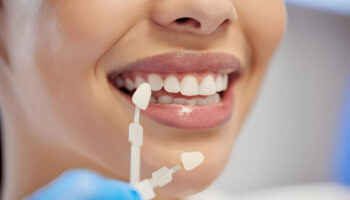A dental crown is a highly efficient treatment for restoring a tooth that has been damaged in some way, and it has a number of advantages over the alternatives. However, crowns have certain drawbacks that should be weighed when choosing the best care option for each patient. The key benefits and drawbacks of dental crowns will be discussed in this article.
Dental crowns have a number of advantages.
Dental crowns are a good alternative for a variety of dental issues. They have the ability to:
- Help a tooth that has suffered substantial decay.
- Protect a worn-down tooth from further deterioration.
- After a root canal operation, a tooth should be protected.
- Keep a badly fractured or broken tooth along with your fingers.
- Cover a dental implant with this material.
- Change the shape or color of a tooth to improve its appearance.
Dental crowns are a good long-term choice because they are robust and typically last at least 5-15 years, increasing patient satisfaction with the procedure.
When compared to other dental repair procedures or no procedure at all, dental crowns have a high success rate. Various analytical studies that looked at their use have backed this up.
Dental Crowns Have Drawbacks
Dental crowns, on the other hand, have certain drawbacks, such as the need to file the tooth into the proper form before the crown can be mounted. This is often severe and permanent.
Shortly after the procedure, some patients may experience discomfort, especially sensitivity to heat or cold. Brushing with a toothpaste made for sensitive teeth will help to alleviate this. Another problem is biting down pain or sensitivity, which is usually caused by the crown being too high and obstructing the teeth on the opposite jaw. Fortunately, this can be quickly corrected by adjusting the crown height.
Crowns, particularly those made of porcelain, are prone to chipping. Small chips can be repaired without removing the crown, but larger or numerous breaks in the crown can necessitate its replacement.
The dental cement used to keep the crown in place can wash away in some patients. This can lead to the crown being loose, allowing bacteria to invade the tooth and cause tooth decay. Occasionally, the crown will fall out entirely, typically due to an improper fit or inadequate dental cement to keep the crown in place, necessitating crown refitting or replacement.
An allergic reaction to porcelain or one of the metals used to make the crown is rare.
Dental crowns are more costly than other types of direct tooth restorations, which may be a deterrent for some patients. The cost varies depending on the crown’s content (for example, porcelain crowns are more costly than gold crowns) and can vary from $800 to $1500 per crown.
Considering the Benefits and Drawbacks
For each patient, the costs and advantages of a dental crown should be weighed to ensure that the correct advice and treatment is followed.
When restoring a missing tooth between healthy adjacent teeth, for example, a bridge with crowns is more durable than removable partial dentures. However, if funds are available, implants are now widely regarded as a safer option than crowns because they do not damage healthy adjacent teeth and pose a lower risk of infection underneath the bridge.
As a result, if a patient has the financial means, a dental implant could be the best choice. Dental crowns with a bridge could be the best choice if they want a long-lasting but less expensive solution.
It’s important to understand the procedure’s goal and determine the best course of action in the patient’s best interests.





